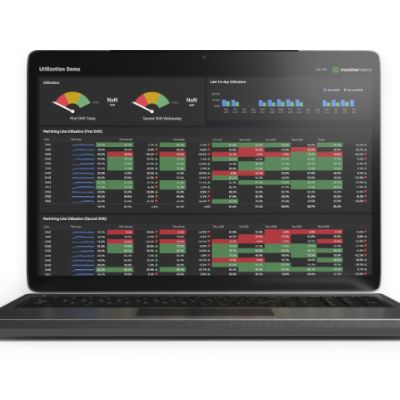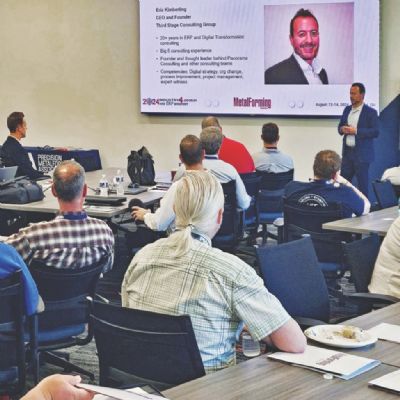By employing full, concurrent design-to-manufacturing, manufacturers can cut quote turnaround times while improving design-to-delivery cycles and reducing cost overruns, as each team uses less time verifying data and making fewer errors before initiating the product build. For example, CAD designers know before they recommend a custom-part material if production can build it at scale. Meanwhile, when the CAD drawing is translated into a bill of materials and work instructions, production planners already know whether a custom tool is needed, and if the existing machinery can produce high-quality products based on the original design.
The collaboration enabled by design-to-manufacturing becomes rocket fuel for defining, designing and delivering custom products. All teams now know what's expected of them, can see the product data in their unique languages and know exactly what they must do to deliver excellent products. Moreover, metal formers can remove roadblocks that, otherwise, would have stopped a design. All of this becomes possible because everyone communicates in real time on the same integrated manufacturing platform.
Putting Design-to-Manufacturing to Work
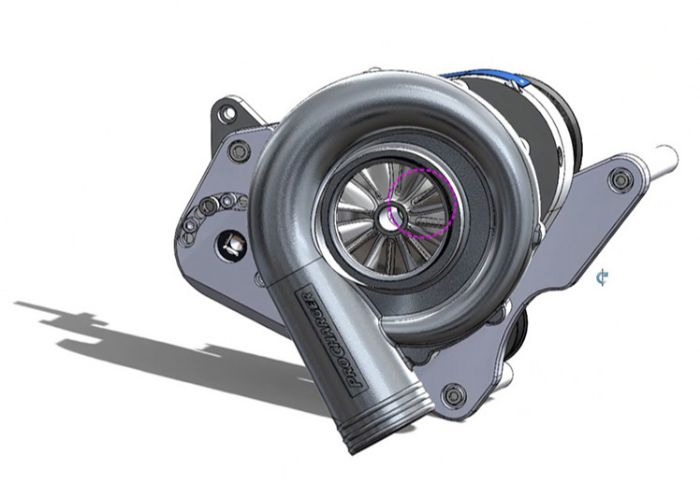 From talking with a number of metal formers and fabricators, it’s possible to create a composite profile of how a typical manufacturer can apply design-to-manufacturing best practices to improve collaboration and achieve better outcomes—even with the most complex customer orders.
From talking with a number of metal formers and fabricators, it’s possible to create a composite profile of how a typical manufacturer can apply design-to-manufacturing best practices to improve collaboration and achieve better outcomes—even with the most complex customer orders.
Sales and engineering can share knowledge and collaborate more closely on quotes, leveraging 3D models for each one to determine capable-to-promise more accurately, determine other key delivery dates and gather all of the design data needed for customers to make decisions. With sales and engineering collaborating in real time, metal formers and fabricators can achieve a 40-percent-plus reduction in quote errors and a 70-percent gain in quote turnarounds. Notably, the systems supporting both teams are programmed to make basic quoting decisions on their own, further automating the process.
Engineering and quality teams can collaborate on simulations of a part using a new material/alloy to test for performance and manufacturing viability in real time. For example, a metal fabricator discovers that providing simulations helps alleviate potential production problems early on, enabling management of customer expectations better than any after-the-fact report could. Applying that lesson to production shaves hours from the final verification process. Now, the metal fabricator can modify the tooling and then re-run simulations to determine if the part is fit for manufacture.
The engineering team then can check the supply chain and inventory via the enterprise resource planning (ERP) system to ensure that the new raw material/alloy is available before running first-article inspections. Design-to-manufacturing enables every member of the cross-functional product team to know immediately if their contributions to the product design fit within the constraints of current material, machinery and labor availability. For custom parts, engineering and sales immediately see potential workarounds if needed, and communicate trade-offs to the customer. This proves invaluable for custom projects where customers have many dependencies on their side for the installation or use of the custom parts as a core part of their production runs.
The engineering material review board (MRB) then confirms the change and signs off on the engineering change order in the CAD system, which automatically shares the data across the entire product team and updates the manufacturing execution system. Ideally, the MRB data, including any related change notices, are shared in real time to reduce data latency across the shop floor.
Because the ERP system shares data automatically, the finance and accounting team also can receive accurate and updated standard costing information. By combining accounting data for each assembly part used in production with real-time production and process monitoring, accounting and finance immediately can spot any cost variances with sourced parts or any material or labor cost overages. When cost variances are found, having a design-to-manufacturing framework makes it easier for the team to troubleshoot how the variance occurred and how to remedy it.
Proven Effectiveness
What began as an idea to ensure that customers received what they wanted from custom metal forming and fabrication operations has become a proven strategy for creating real-time, highly collaborative crossfunctional teams that consistently deliver excellent products. And, at a time of unprecedented uncertainty in market demand and across the supply chain, design-to-manufacturing workflows give manufacturers the needed visibility and control at every stage to reduce quote turnaround times, improve design-to-delivery cycles and reduced costs—all while maintaining business continuity. MF
Technologies: Management







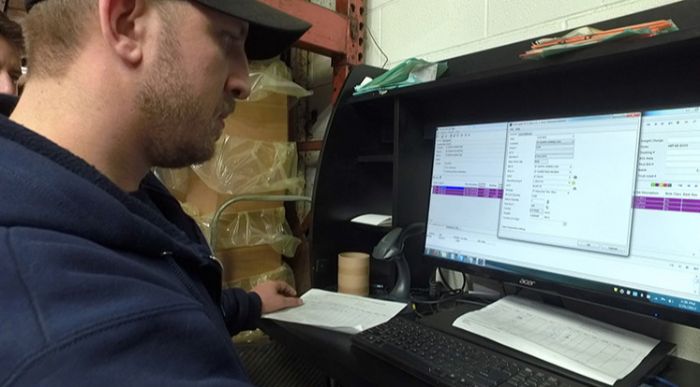 Case in point: A decades-old metal fabricator employs design-to-manufacturing to serve some 750 customers in North America and Europe. The company’s COO observes that once the computer-aided design (CAD), manufacturing scheduling, production planning, quality and sales teams all "spoke the same language and knew what the other teams were talking about," quote-turnaround times dropped by 35 percent. The same manufacturer reports an increase in design-to-delivery cycles by at least 20 percent, and a drop in cost overruns by 50 percent.
Case in point: A decades-old metal fabricator employs design-to-manufacturing to serve some 750 customers in North America and Europe. The company’s COO observes that once the computer-aided design (CAD), manufacturing scheduling, production planning, quality and sales teams all "spoke the same language and knew what the other teams were talking about," quote-turnaround times dropped by 35 percent. The same manufacturer reports an increase in design-to-delivery cycles by at least 20 percent, and a drop in cost overruns by 50 percent.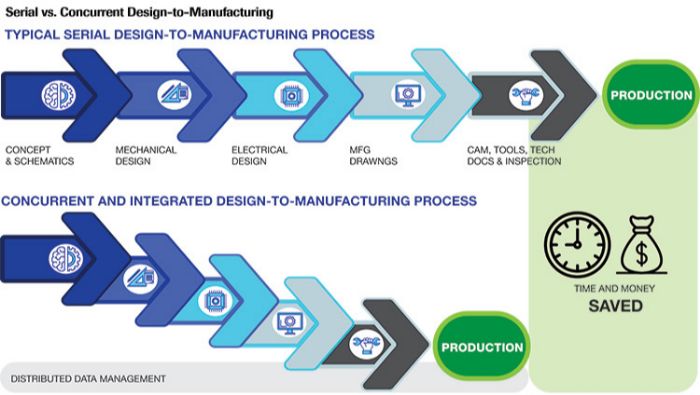 Next, metal formers provide customers with the CAD models and a checklist of comments and recommendations regarding part-design concerns, tooling requirements and how product-design constraints must be managed. With the project awarded to the manufacturer, the customer creates a purchase order and the broader design-to-manufacturing process begins, which incorporates engineering, manufacturing, quality and sales.
Next, metal formers provide customers with the CAD models and a checklist of comments and recommendations regarding part-design concerns, tooling requirements and how product-design constraints must be managed. With the project awarded to the manufacturer, the customer creates a purchase order and the broader design-to-manufacturing process begins, which incorporates engineering, manufacturing, quality and sales. 
